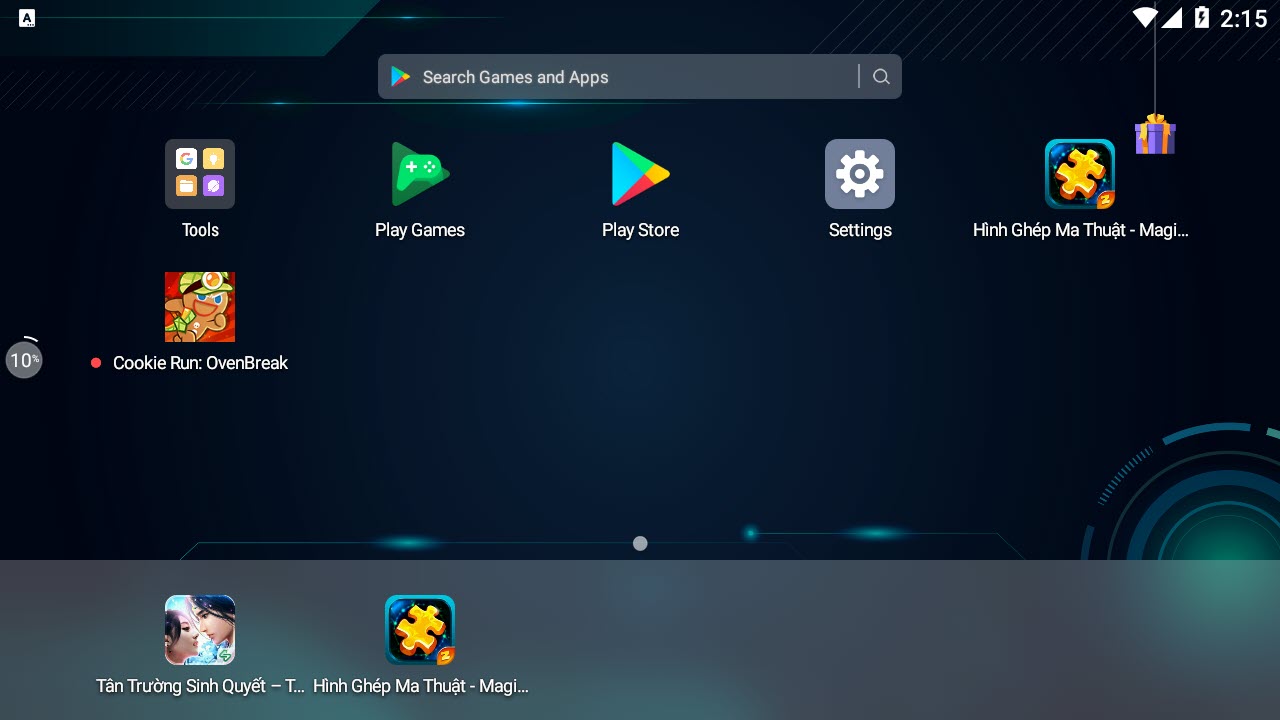

- Open android emulator from terminal mac how to#
- Open android emulator from terminal mac apk#
- Open android emulator from terminal mac code#

The following documentation is a quick way to get the iOS simulator set up. The iOS simulator emulates iOS devices on Macs. # iOS Simulators # Creating iOS Simulators
Open android emulator from terminal mac how to#
Visit the official sites for details on how to install and use these emulators. Ns help debug ios or ns debug ios -help # helpĮxecuting the following command in your terminal will open the CLI's documentation in your web browser.Īvdmanager list # Using third-party emulatorsĪn applicable option is to use third-party emulators (like GenyMotion). Ns help debug android or ns debug android -helpįor more information about iOS debugging, run any the following commands:
Open android emulator from terminal mac code#
-no-watch - If set, changes in your code will not be livesynced.If not set, the default timeout is 90 seconds. -timeout - Sets the number of seconds that the NativeScript CLI will wait for the debugger to boot.-emulator - Specifies that you want to debug the app in an emulator.-start - Attaches the debug tools to a deployed and running app.

-debug-brk - Prepares, builds and deploys the application package on a device or in an emulator, and stops at the first JavaScript line until either the debugger frontend connects or a 30 seconds timeout elapses.When you are finished testing, you can uninstall the ad-hoc build the same way you would uninstall any other application from your device.You can customize the ns debug command using any of the following options: If you were successful, you should now see your project’s icon on the device and you can launch it for testing! apk, type the command “adb install”, followed by a space, then drag your signed. Confirm your device is connected to your Mac using the command “adb devices”.
Open android emulator from terminal mac apk#
apk file to your device, follow these steps (if you did the optional steps): apk, type the command “./adb install”, followed by a space, then drag your signed. Terminal should now be looking at the correct place to run adb commands, and you can confirm your device is connected to your Mac using the command “./adb devices”.In Terminal, type “cd” followed by a space, then drag the platform-tools folder into terminal (this will add the path to the location of your platform-tools folder so that you don’t need to type it out) then hit enter.Navigate to your Android SDK folder (it should be named android-sdk-macosx by default). Inside your Android SDK folder, should be another folder called “platform-tools”.apk file to your device, follow these steps (If you didn’t do the optional steps in the getting started with Android section): If you did the optional steps in the “Getting Started with Android” section, then skip down to the next set of instructions!


 0 kommentar(er)
0 kommentar(er)
